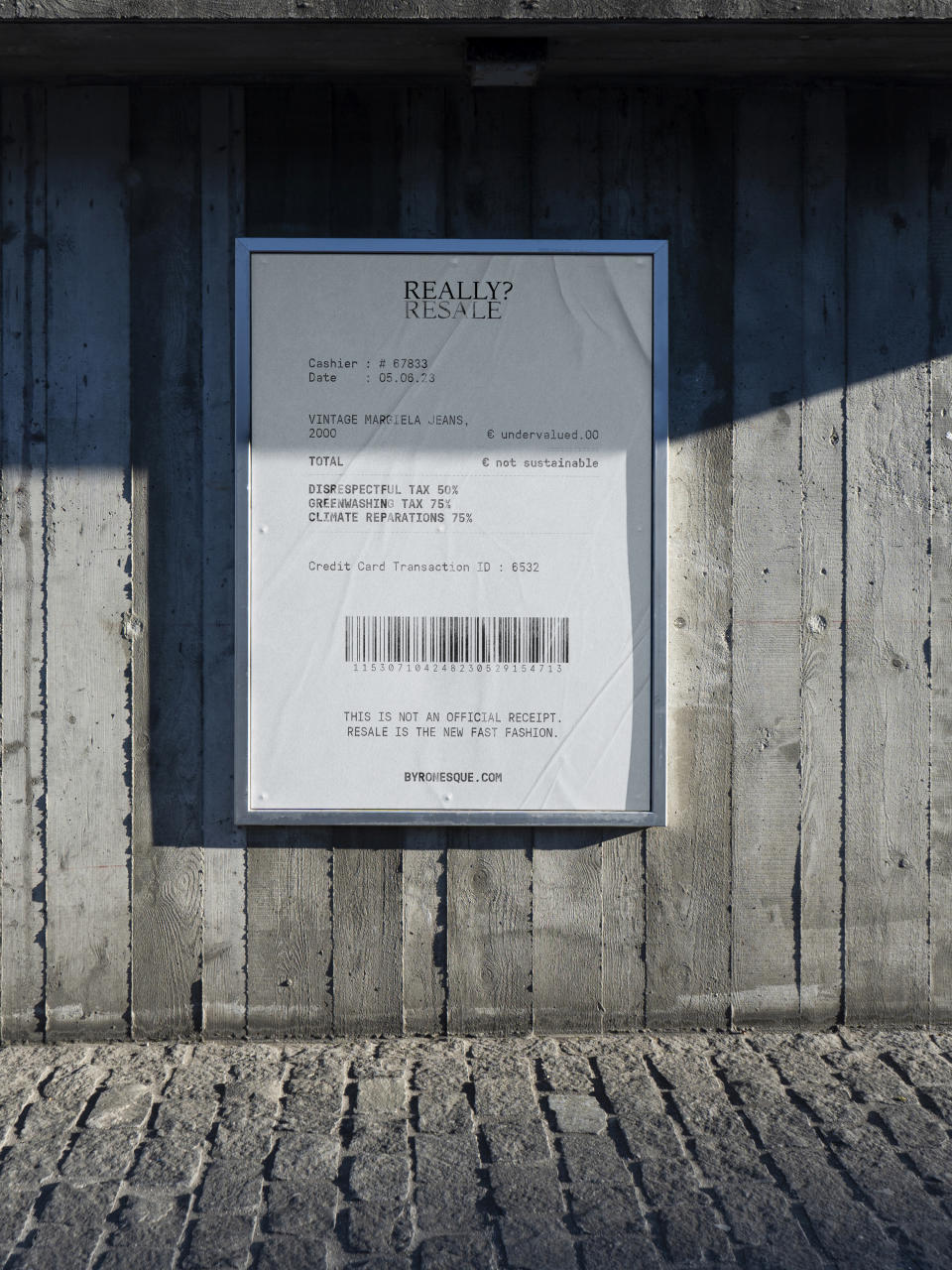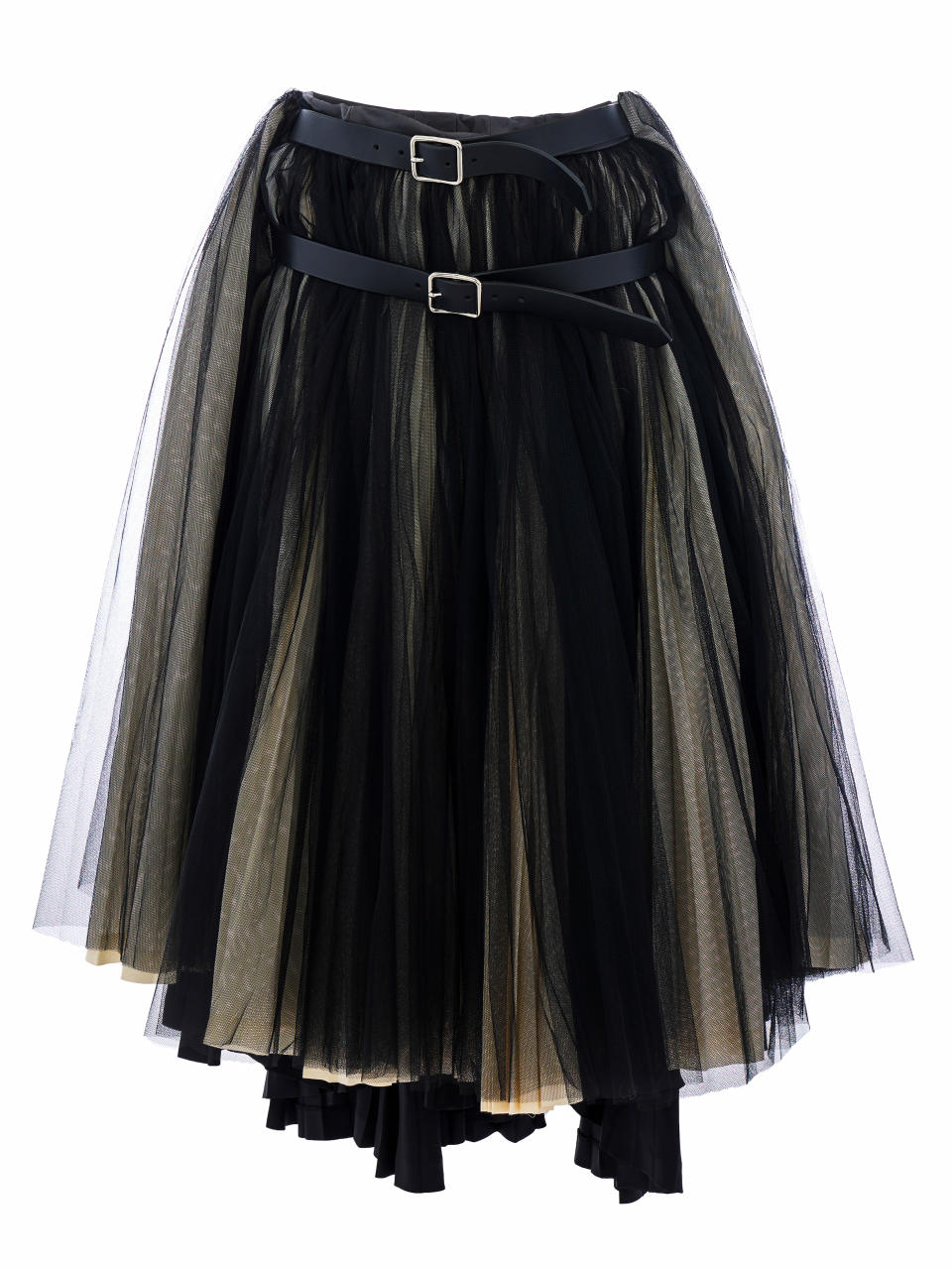Vintage Expert Byronesque Refines Site, Works Closer With Brands on Resale, Archives

LONDON — Vintage expert Byronesque is flexing its curatorial muscles and working closer with brands, customers and fashion foundations to refine the process of authentication, archiving and resale for luxury clothing and accessories.
Founded in 2013 with the aim of catering to fashion connoisseurs, Byronesque is taking the business into new territory and relaunching the site later this month.
More from WWD
The March 2024 Issue of British Vogue Will Be Edward Enninful's Final One
Next Stop for Gucci Cosmos, London's Show Schedule, Barbie Gets a Fragrance
It will be introducing a concession model that allows individual brands to exert more control over the sale of their archival designs, and offering authentication and blockchain technology in a bid to crack down on counterfeit merchandise.
Byronesque is also pressing its expertise into action and launching a “future vintage” consultancy service. It plans to guide customers toward items that it believes will become important vintage pieces based upon its own research, and marketplace data.
The site already has a history of re-issuing brands’ collections and popular items, working with the likes of Claude Montana, Helmut Lang and Vexed Generation.
As part of the relaunch, Byronesque plans to double down on that strategy with plans to re-issue the Circle shoulder bags from American label Asfour. The site is collaborating on the project with Machine-A London and Shanghai, with the bags available online at Byronesque and at Machine-A from this month.
Gill Linton, who co-founded Byronesque with creative director Justin Westover, said the relaunch is as emotional for her as it is practical.
In an interview, she described the clothing resale business as a $90 billion-plus mass market juggernaut that is devaluing fashion.
“The luxury market is growing, resale is growing, and the landfills are just getting bigger,” said Linton, who throughout her career has operated more like an auction house expert — or gallerist — than a vintage shop owner, keeping an eye on prices, provenance, and the long-term value of the pieces she buys, sells or reissues.
“We think that the only way to be sustainable is to buy things and keep them for longer,” she said. To wit, Byronesque is launching a campaign with the tagline “Resale is the new fast fashion.”

“You don’t need a lot of clothes to look great,” said Linton, adding that Byronesque wants its customers to invest in clothes they can keep and enjoy — and then sell when the time is right, like art or wine collectors.
She also wants her customers to know the value of what they are buying or selling.
One of Byronesque’s many mottoes is, “We believe that just because it’s old doesn’t mean it’s good,” and Linton is not one to be dazzled by marquee names or labels that happen to be trending on social media.
“Every designer has had a down season. We re-issued Montana, but not everything he designed is relevant,” she said.
Linton has also been thinking about the luxury fashion brands many of which, she believes, do not know how to interact with the resale market.
“With us, they can effectively take control of their secondary market,” said Linton, who has taken on new, outside investment to fund the relaunch and expansion of the business. She declined to provide details.
Byronesque authenticates all of the pieces it sells, attaching an official, phygital certificate of appraisal, a criteria and process that is unique to the site.
The certificate, which includes original runway photos, allows the piece to live as a non-fungible token on the Spin.Fashion platform, one of Byronesque’s tech partners.

Spin.Fashion is a Web3 retail infrastructure and marketplace that’s built on blockchain and enables end-to-end product circularity with 3D immersive experiences, driven by community.
The concession part of the Byronesque business is launching with the Vivienne Foundation, which raises funds for organizations dealing with issues important to the late Vivienne Westwood, such as climate change and human rights.
Byronesque has partnered with Westwood’s youngest son, Joe Corré, and granddaughter, Cora Corré, on the Westwood archive collections, with all profits going to the foundation.
“One of the things that Joe has been particularly keen to do is control the number of fakes that are out there. And nothing is more faked than Seditionaries,” said Linton, referring to the clothing that Westwood designed and sold through the eponymous shop on London’s King’s Road that she ran with her then-husband Malcolm McLaren.
Indeed, Corré has spent much of his adult life chasing the counterfeiters and having the bogus goods seized.

Linton said Byronesque’s new concession model will allow the Vivienne Foundation, and other designer labels, to control fakes that remain in circulation and record details of the real goods in the blockchain.
Another upcoming concession partner will be the Fondazione Sozzani, which aims to promote important photography, art and fashion of the 20th and 21st centuries.
The concession will offer Alaïa, Balenciaga and Comme des Garçons pieces from Carla Sozzani’s personal archives, and a gallery gift shop with merchandise designed by Byronesque and Paul Hetherington.
The “future vintage” part of the site will have Gucci as the launch partner. Linton wants to continue her work advising customers about how, when and what to buy or sell.
“We always say that when you understand fashion history, you can predict its future. We’ve got more than a decade of seeing patterns within culture and people buying and selling vintage. We have a very particular lens on this industry, and we also have a lot of data,” she said.
Gucci will have a concession space dedicated to “investment pieces” from the brand’s current season. Linton said that Byronesque will regularly edit a selection of apparel, shoes and accessories from new items launched on Gucci.com.
With regard to the re-issues, Linton said she’s planning to do two each year. She decided to re-issue the Asfour Circle bags by popular demand.
“This is probably one of the most copied bag designs ever. None of the old bags were left. It’s quite exciting, too, because it’s the first time the four original designers from the collective are working together again” after nearly 20 years.
Sustainability, she said, is a natural result rather than a driving force behind the relaunch.
“I always inherently felt we were doing the most sustainable thing that you can in fashion: buying less, with better style and taste. And of course, that’s subjective. But that’s why we exist. And people will gravitate towards that — or they won’t,” said Linton.
Best of WWD


